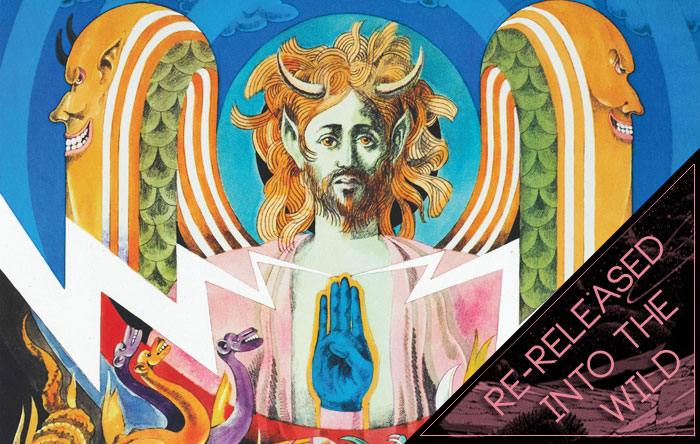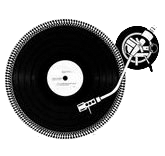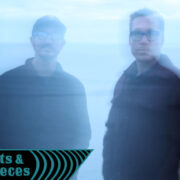Bruce Haack – The Electric Lucifer 

Bruce Haack has long been a fascinating figure in the musical landscape. A composer who entered the world of recordings through theater and dance scores, moved on to children’s music, commercials and eventually to the rock influenced sound as displayed on his masterpiece The Electric Lucifer. All of his output, from commercial work to children’s music employed homemade electronics and helped to usher in an acclimation of them to music throughout the ’60s and ’70s. The Electric Lucifer was conceived shortly after friend and business manager Chris Kachulis introduced Haack to his collection of psychedelic rock records. Haack thought that the sound would fit well with his boundary pushing use of electronic instruments and he began work on an album that depicted Earth in the middle of a struggle between Heaven and Hell. In his telling there is a concept, “Powerlove,” that is so strong that and pure that it could not only save the Earth, but Lucifer from himself.
Haack marries the rhythms of rock to a fizzing, creaking and buzzing world of electronics that give Lucifer a sound that must have, at the time, seemed bent from the sci-fi brains of Asimov and Wells, shot through with the religious darkness of Dante. At times, in hindsight the effects can seem quaint and even humorous, but taken in context its easy to see how Haack became an influential figure; with his distorted vocalizations, chugging electronic rhythms and psychedelic infusion of religion. At times it sounds like a man locked alone in a garage, given copies of Jesus Christ Superstar and A Child’s Guide to Good And Evil and tasked with finding the middle ground given only homemade electronics and a few mics to work it out. Haack would go on for years to influence and create, even hooking up with Russell Simmons in 1982 on the single “Party Machine,” but The Electric Lucifer still stands as a calling card for many musicians looking for that bridge between the scientific and the psychedelic. Its Haack’s longest reaching legacy outside of his children’s classic Dance, Sing and Listen and certainly an essential listen for those with a foot in either the psych or electronic camps.
Support the artist. Buy it HERE.









